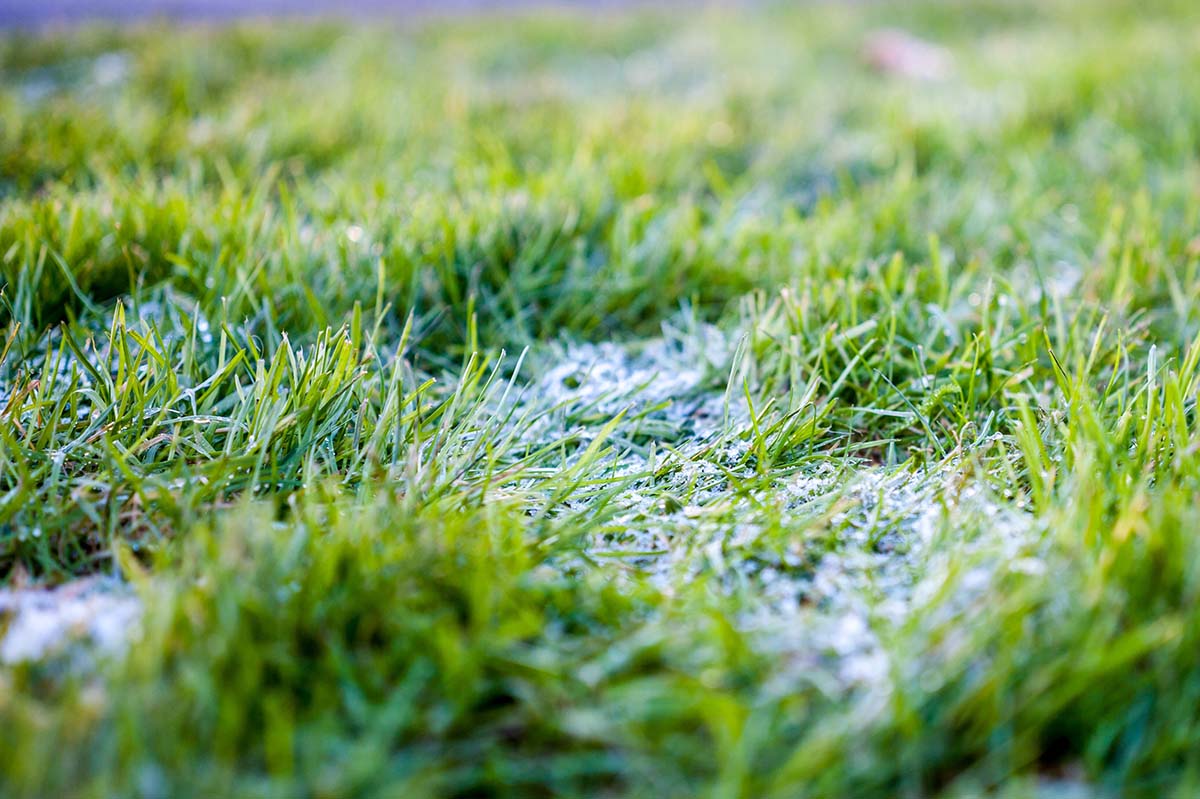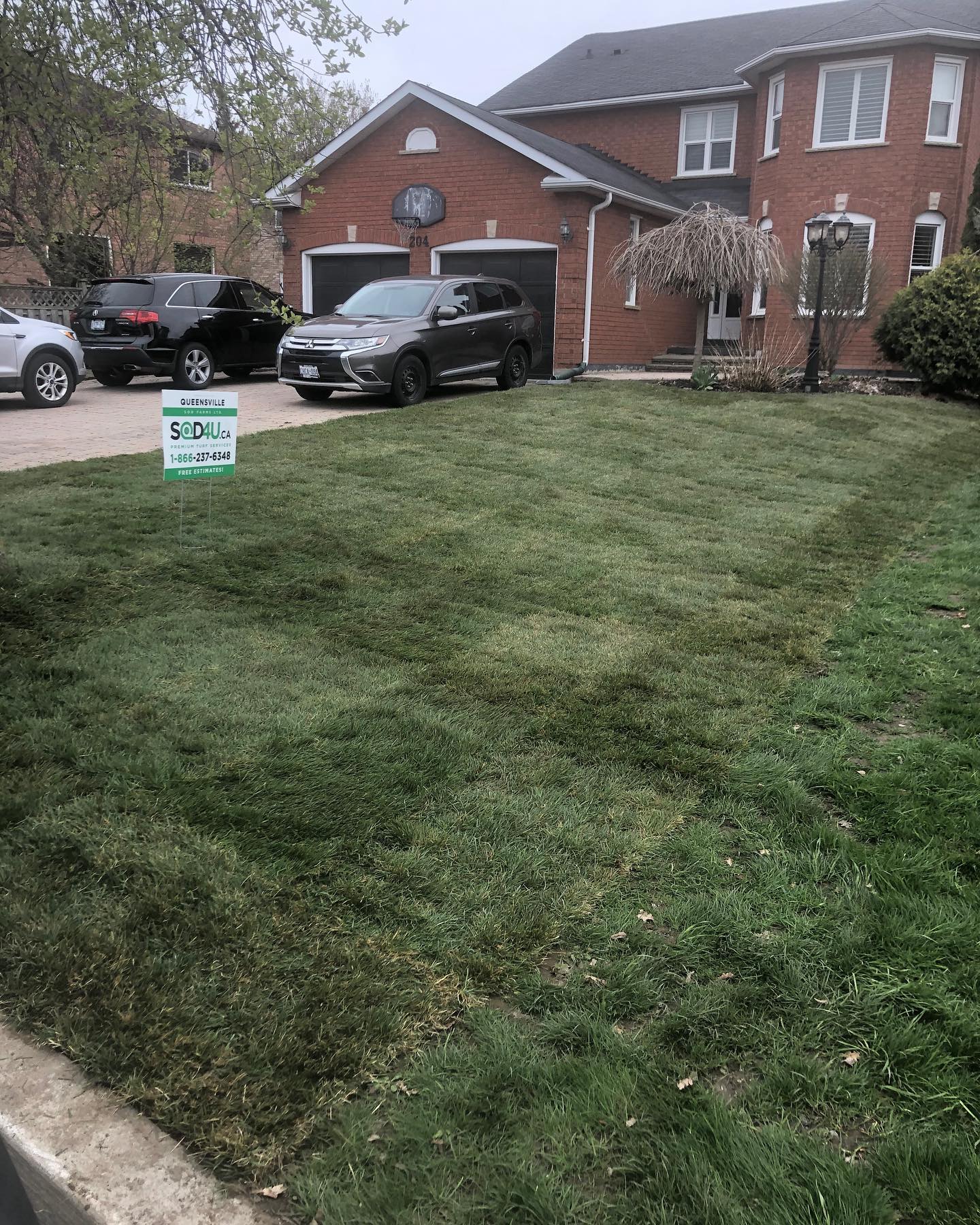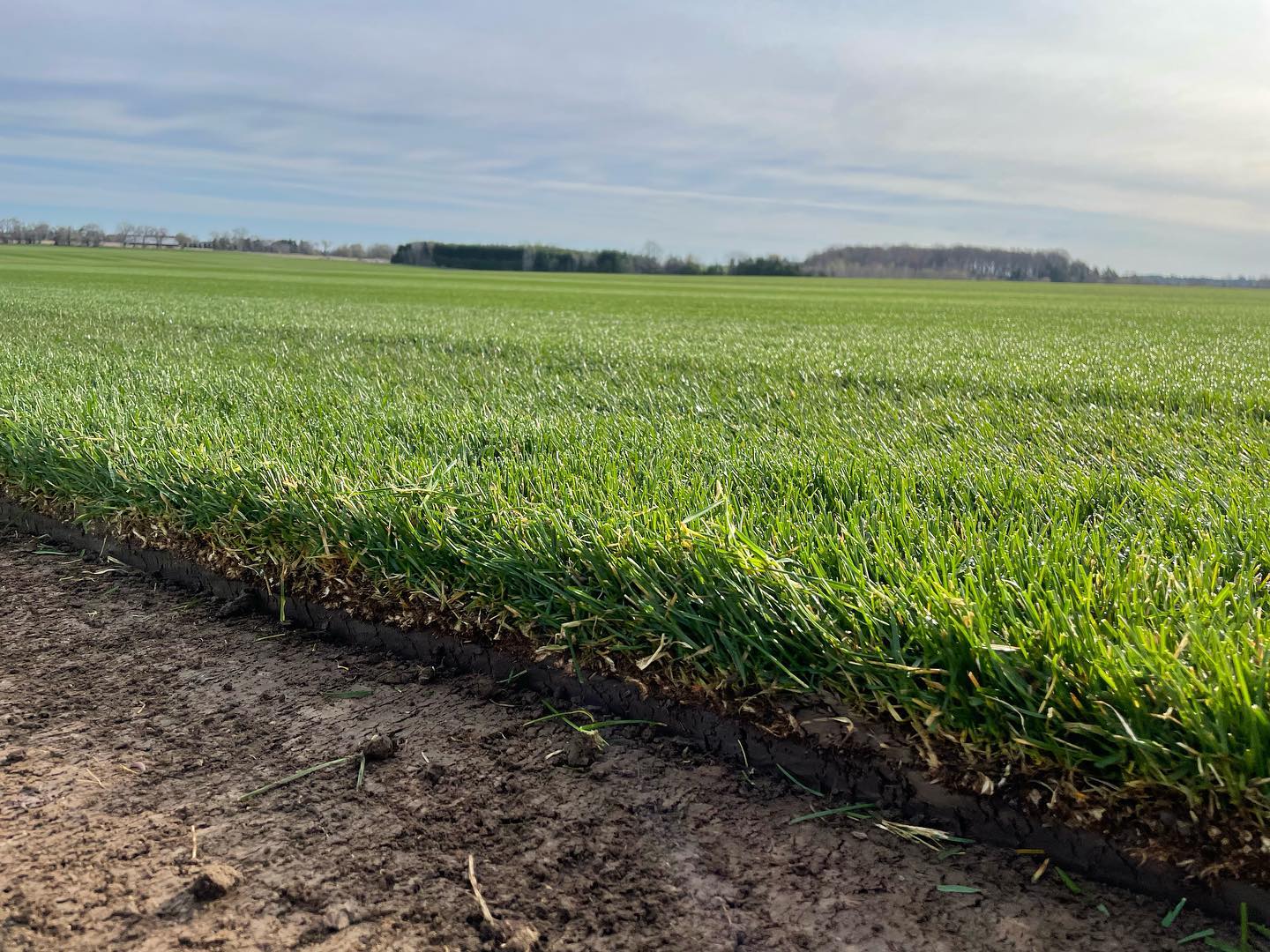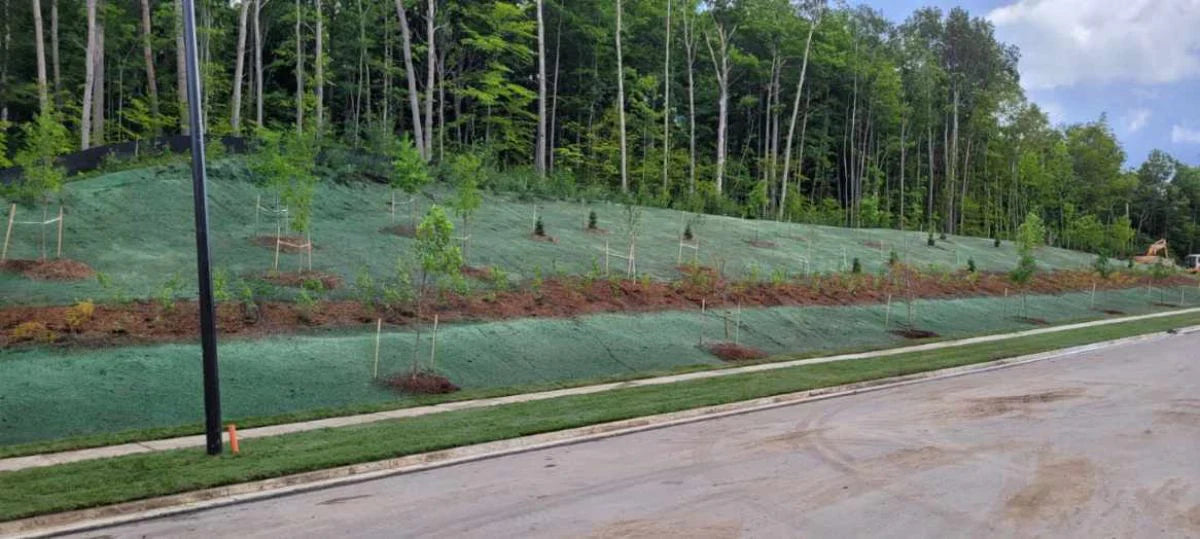Since grass is typically blanketed in snow and people are spending their time inside, most don’t actively think about their lawns during the winter. However, the chilly season can expose your lawn to certain risks and/or damages if you don’t give it some attention. To have that luscious green lawn again for the spring and summer, you’ll want to make sure you give your grass an easier winter. Queensville Sod has the essential tips for how to maintain and take care of your lawn in the winter.
Clear Up Your Lawn at the Start and End of Winter
One of the best things you can do to take care of your lawn in the winter, is remove any objects like decorations, sprinklers, furniture, and leaf piles before the season starts. These items will matt down the grass during the winter, which will impair its ability to revive in the spring. Plus, the increased rain and snow in the season will accumulate moisture in the grass underneath these lawn objects. That moisture accumulates and becomes an ideal breeding ground for pests or moulds that will more seriously damage or kill your grass over the winter.
As winter ends, the snow melts, and soil begins to dry, gently rake any dead leaves, or grass that have been concealed under the snow. This will break up any matting caused by objects or the snow, aerate the grass, and help it dry more quickly. You will need to wait for the soil to dry after the melt and rainfall before doing this. Raking on loose, wet soil can damage the new growth or pull out the grass entirely.
Aerate and Fertilize in the Fall to Give Your Lawn an Easy Winter
Before winter starts, take care of your lawn by aerating and fertilizing it. Aeration, poking small holes in the soil, reduces compaction in a lawn’s thatch, the natural debris that collects at its base over time. This aeration improves airflow and helps grass grow better. The aeration is extra beneficial before winter because it will lower the accumulation of moisture that could harm the grass.
After aeration is a great time to fertilize because it helps grass absorb nutrients more easily. Apply fertilizer just before winter starts to give your lawn a final nutrient boost before it goes to sleep for the winter. Rather than raking and removing leaves in the fall, you can also mulch them, so they decay faster and return their nutrients to the soil, providing your grass with a natural fertilizer.
Don’t Pile Snow on Your Lawn During the Winter
After a large snowfall, you’ll naturally want to clear off any paths so you, your family, and any visitors can walk safely and keep off the grass. When removing the snow, don’t pile it into your lawn and break apart any large chunks. The weight of piled snow can damage the dormant grass underneath. As the season starts to warm, the grass will want to resume its growth. Piles of slowly melting snow will block those first precious rays of sunlight. As a result, it will take longer for that grass under the snow to produce its food, return to a healthy green hue, and start growing.
Mind the Salt
While you are keeping your paths clear and safe, mind how much salt you apply to melt the ice and where. As the ice melts, the salt will dissolve into the water, which will drain into your lawn. Too much salt will kill the grass. That’s also why you should make sure you only spread salt and any other deicers on your paths, and not scatter them onto the grass directly. You can use alternatives, such as sand or calcium chloride, which are less harmful to your grass.
Taking Care of Your Lawn in the Winter for a Green Spring
Following these simple tips to take care of your lawn in the winter will help it flourish when it wakes up in the spring. If your lawn has tragically come out of the snowy season worse for wear, Spring is an excellent time to install new sod. This is an excellent way to give your lawn new life and be ready for the next time winter comes around. If you’re interested in a fresh new lawn, contact Queensville Sod or try out our sod calculator.





